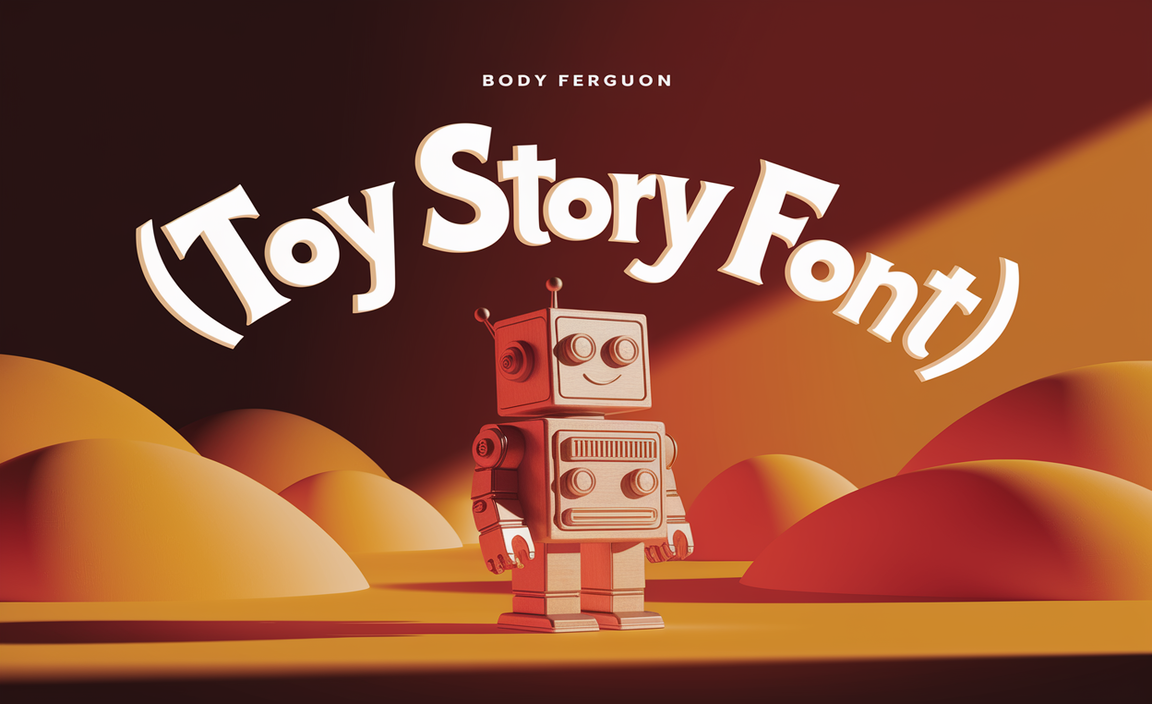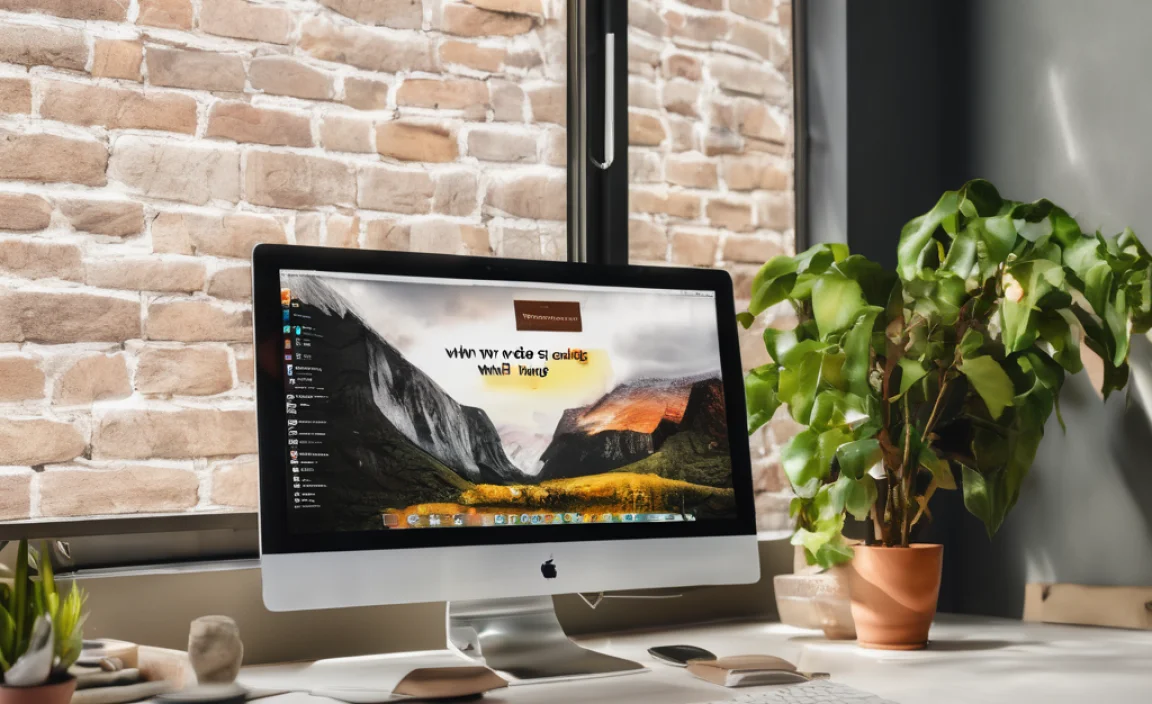Oreo Font: Essential Design Secrets Revealed! Discover how to use unique typography to add personality and professionalism to your designs, just like the iconic cookie brand. Unlock key design principles for impactful branding and readability.
Ever wondered how some brands instantly grab your attention with just their lettering? The Oreo cookie is a masterclass in visual identity. Its name isn’t just delicious; it’s a wordmark that’s instantly recognizable. But what makes it so special? It’s all about the font! Think of it as a secret ingredient in their recipe for success. Understanding this “Oreo font” isn’t just for big companies; it’s a fantastic way for anyone to elevate their own designs. Whether you’re a student learning the ropes or a business owner building your brand, learning these design secrets will make your text pop.
We’ll break down what makes this distinctive typeface work so well. You’ll discover how font choice impacts how people feel about your message. Get ready to unlock the power of typography and make your projects shine. Let’s dive into the essentials of the Oreo font and how you can apply its magic!
Unpacking the “Oreo Font”: More Than Just Letters
When we talk about the “Oreo font,” we’re referring to the specific typeface used in the iconic Oreo logo. It’s not a single, officially named font that you can just download and install from any font library. Instead, it’s a custom-designed wordmark that has been refined over the years. However, the design principles behind it are universal and can be applied to many commercially available fonts. The goal is to create something memorable, friendly, and impactful.
The essence of the Oreo wordmark lies in its unique characteristics. It’s a sans-serif font, meaning it lacks the small decorative strokes (serifs) found at the ends of letterforms in fonts like Times New Roman. This gives it a clean, modern, and approachable feel. Yet, it’s not just any generic sans-serif. It has a certain warmth and personality, achieved through subtle curves and rounded edges that make it feel inviting and playful – much like the cookie itself!
Key Characteristics of the Oreo Wordmark Style
Let’s break down what makes this style so distinctive and effective for branding:
- Rounded Terminals: Many letters in the Oreo wordmark style have subtly rounded ends. This adds a softness and friendliness, making it feel less severe than sharp, geometric sans-serifs.
- Generous Spacing (Kerning): The spacing between individual letters is carefully adjusted. This creates a sense of balance and ensures each letter is easily readable, contributing to its clean appearance.
- Slightly Condensed Width: While not overly narrow, the letters are typically not excessively wide. This allows for a good amount of text to fit comfortably without feeling cramped.
- Open Counterforms: The inner spaces of letters like ‘O’, ‘R’, and ‘E’ are quite open. This enhances legibility, especially at smaller sizes.
- Distinctive ‘R’: The lowercase ‘r’ in the Oreo logo is particularly unique, with a slightly curved leg that adds to its character.
These features work together to create a font that is both distinctive and highly readable. This is crucial for a brand like Oreo, whose logo needs to be instantly recognizable on packaging, advertisements, and online.
Why is Font Choice So Important for Branding?
Think of a font as the voice of your brand. Just like a person’s voice can convey confidence, excitement, or seriousness, a font communicates personality and tone. A strong font choice can:
- Build Recognition: Consistent use of a unique font makes your brand stand out and become easily identifiable.
- Convey Personality: A playful font suggests fun, a minimalist font suggests sophistication, and a bold font suggests strength.
- Enhance Readability: The primary goal of text is to be read. The right font ensures your message is clear and accessible to your audience.
- Create Emotional Connections: Fonts can evoke feelings and associations. A warm, rounded font might feel comforting, while a sharp, angular font might feel energetic.
- Establish Trust and Professionalism: A well-chosen, legible font signals that you’ve paid attention to detail, which can build credibility with your audience.
The Oreo wordmark perfectly embodies these principles. Its friendly yet clean design resonates with a broad audience, ensuring the brand feels accessible and trustworthy.
Replicating the Oreo Font Style: Tools and Techniques
While you can’t get the exact Oreo font, you can achieve a similar aesthetic by using similar fonts and applying thoughtful design. Here’s how:
Finding Similar Sans-Serif Fonts
Many commercially available fonts share the characteristics of the Oreo wordmark. Look for rounded terminals, generous spacing, and a medium weight. Here are a few categories and inspiration:
- Humanist Sans-Serifs: These are often inspired by classic handwriting and tend to have more organic shapes and varied stroke widths. They are inherently friendly and readable.
- Geometric Sans-Serifs with Rounded Variations: Some geometric fonts, known for their perfect circles and clean lines, offer rounded versions that soften their appearance.
- Grotesque or Neo-Grotesque Sans-Serifs: While often more neutral, some in this category have been updated with softer edges or more open forms that can mimic the Oreo style.
Here are some fonts that share similar DNA with the Oreo wordmark, focusing on rounded features and friendly proportions:
| Font Name | Category / Style | Key Similarities to Oreo Style | Where to Find (Examples) |
|---|---|---|---|
| Nunito Sans | Rounded Sans-Serif | Very rounded terminals, open forms, great readability, versatile weights. | Google Fonts |
| Quicksand | Rounded Sans-Serif | Extremely soft, rounded appearance, friendly and approachable feel. | Google Fonts |
| Poiret One | Geometric Sans-Serif (with rounded elements) | Clean, geometric structure with subtle rounded strokes and open counters, giving a light and airy feel. | Google Fonts |
| Cabin | Humanist Sans-Serif | Slightly rounded details, good balance of clarity and warmth, versatile. | Google Fonts |
| Montserrat – SemiBold/Bold | Geometric Sans-Serif (with rounded corners in some glyphs when styled) | While fundamentally geometric, its structure and proportions can lend themselves to a similar clean, modern, and adaptable feel when set with care. | Google Fonts |
When choosing a font, always consider where you’ll be using it. For web and digital, fonts with good legibility on screens are a must. For print, ensure the font has sufficient detail to render well.
The Art of Spacing (Kerning and Tracking)
The spacing within words is just as important as the shape of the letters themselves. This is where kerning and tracking come in:
- Kerning: This is the process of adjusting the space between specific pairs of letters. For example, the space between a ‘W’ and an ‘A’ might need to be tighter than the space between two ‘M’s. In logo design and wordmark creation, kerning is meticulously adjusted to create a visually pleasing and balanced look.
- Tracking: This refers to the overall uniform adjustment of space between letters across an entire word or block of text. Increasing tracking (letter-spacing) can make text feel airier and more elegant, while decreasing it can make it feel more compact and bold.
For an “Oreo-style” font, you’ll want to ensure generous, even tracking for maximum clarity and a friendly feel. Tools like Adobe Illustrator, Affinity Designer, or even advanced text editors allow you to manually adjust kerning and tracking for your chosen typeface. Many modern fonts also come with excellent pre-defined kerning pairs, but for a truly custom wordmark feel, manual tweaking is key.
Color Palette and Contrast
The Oreo brand is famously associated with its blue and white color scheme. This high contrast is crucial for visibility and recognition. When applying your chosen font and style:
- High Contrast is Key: Use colors that provide excellent contrast for readability. Black text on a white background, dark blue on light grey, or white text on a dark background are classic choices.
- Brand Colors: Integrate your brand’s core colors into your text treatment subtly or boldly, depending on your brand’s personality.
- Legibility First: Always prioritize making the text easy to read. Avoid combinations that cause eyestrain or are difficult to decipher at a glance.
The combination of a clean, approachable font style and strong color contrast is a powerful recipe for an effective brand mark, much like Oreo’s winning formula.
Designing Your Own “Oreo-Inspired” Wordmark
Ready to apply these secrets? Here’s a step-by-step approach to designing your own unique wordmark that captures the spirit of the Oreo font:
- Define Your Brand Personality: What do you want your brand to feel like? Friendly, sophisticated, energetic, reliable? This will guide your font selection.
- Choose a Base Font: Select a sans-serif font that has potential. Look for rounded elements, open counters, and good overall proportions. Start with fonts from the “Similar Fonts” table or explore options on platforms like Google Fonts and Adobe Fonts.
- Experiment with Weights: Try different font weights (light, regular, semi-bold, bold) to see how they affect the feel and readability. A semi-bold or bold weight often works well for wordmarks.
- Adjust Spacing: This is where the magic happens.
- Set Your Word: Type out your brand name using your chosen font.
- Apply General Tracking: Start by slightly increasing the tracking if the letters feel too close, or decrease it if they feel too far apart. Aim for a comfortable, open feel.
- Fine-tune Kerning: Individually adjust the space between tricky letter pairs. Pay close attention to letters that have a lot of open space between them (like ‘AV’, ‘LT’, ‘To’) or those that can easily run into each other (‘rn’, ‘mp’).
- Consider Minor Customizations (Optional): For a truly unique look, you might subtly round a sharp corner on a letter, slightly alter the tail of an ‘R’ or ‘S’, or adjust the angle of a stroke. Be very careful with this and ensure it enhances, rather than detracts from, readability and balance.
- Test Across Sizes: View your wordmark at different sizes – from very small (like a favicon) to large (like a billboard). Does it remain legible? Is the personality still coming through?
- Apply Color Wisely: Test your wordmark in various color combinations that align with your brand, always prioritizing contrast and legibility.
This iterative process of selection, adjustment, and testing is key to creating a professional and effective wordmark.
Oreo Font Style in Different Design Contexts
The principles behind the Oreo font style are adaptable and can be applied across various design projects. Here’s how:
1. Branding and Logos
This is the most direct application. A custom wordmark designed with the Oreo font’s principles will have instant recognition. It’s about creating a visual anchor that people associate with your business or product. A friendly, readable sans-serif with careful spacing is perfect for creating a modern, trustworthy logo.
2. Website Design
For website headings, subheadings, and calls to action, fonts inspired by the Oreo style offer excellent readability and a welcoming user experience. A clean, rounded sans-serif can make your site feel approachable and easy to navigate. Use it for important cues like “Add to Cart” or “Learn More” buttons to guide users effectively.
3. Marketing Materials
Brochures, flyers, social media graphics, and advertisements benefit from clear, appealing typography. Using a font with a similar vibe to the Oreo wordmark can help your marketing materials feel professional, engaging, and easy to digest. It ensures your message gets across without the reader having to struggle.
4. Packaging Design
Just like the cookie itself, packaging is where this style truly shines. Clear, inviting text ensures customers can quickly understand what the product is, its benefits, and key information. The approachable nature of the font can also help build an emotional connection with the consumer.
The versatility comes from the font’s balance: it’s distinct enough to be memorable, yet simple enough to be understood in almost any context. As noted by design resource Interaction Design Foundation, user-centered design principles, including clear communication through accessible interfaces and visuals, are paramount for success. Typography is a huge part of this.
Common Pitfalls to Avoid
While aiming for the Oreo font aesthetic, it’s easy to stumble into common design traps. Being aware of these can save you a lot of frustration:
- Over-Stylization: Trying too hard to make a font unique can lead to illegibility. Remember that the primary purpose of text is communication.
- Ignoring Readability: Extremely tight tracking, overly thin weights, or unique character shapes can make text hard to read, especially for users with visual impairments.
- Inconsistent Spacing: Just as important as choosing the right font is applying its spacing consistently. Random kerning or tracking can make a design look amateurish.
- Poor Color Contrast: Using colors that clash or have low contrast will significantly hinder readability, no matter how beautiful the font is.
- Using Display Fonts for Body Text: Many unique or stylized fonts are designed for headlines or short bursts of text. They are generally not suitable for paragraphs of information.
Focusing on clarity, balance, and approachability will help you steer clear of these common mistakes and create designs that are both beautiful and effective.
Frequently Asked Questions About the Oreo Font
Q1: Is the Oreo font a real font I can download?
A: No, the exact typeface used in the Oreo logo is a custom-designed wordmark. However, many fonts share similar characteristics and styles, allowing you to achieve a comparable aesthetic.
Q2: What kind of font is the Oreo font?
A: It’s a sans-serif font with rounded terminals and friendly proportions, making it highly readable and approachable.
Q3: How can I make my own brand name look like the Oreo logo?
A: Choose a rounded sans-serif font, fine-tune the spacing between letters (kerning and tracking) for balance, and use high-contrast colors within your brand palette.
Q4: What are the best fonts similar to the Oreo font?
A: Fonts like Nunito Sans, Quicksand, Cabin, and Poiret One offer similar rounded and friendly characteristics that can be great alternatives.
Q5: Why is the spacing (kerning and tracking) so important for a wordmark?
A: Proper spacing ensures each letter is easily deciphered, creates visual harmony, and contributes significantly to the overall legibility and professional appearance of the wordmark.
Q6: Can I use this font style for body text?
A: While fonts with rounded characteristics are generally very readable, extremely stylized or condensed versions might not be ideal for long blocks of text. Always test for legibility at smaller sizes.
Q7: Where can I find good rounded sans-serif fonts?
A: Google Fonts offers a wide selection of free, high-quality rounded sans-serif fonts. Paid font foundries and marketplaces also have extensive libraries.
Conclusion: Mastering Typography for Memorable Brands
The “Oreo font” isn’t








